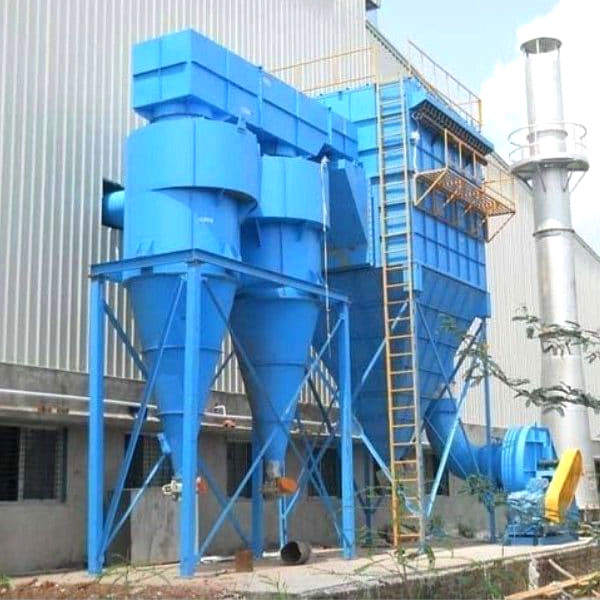
Air Pollution Control Systems

Air pollutants are generated by nearly every facet of the industrial process, including raw material sourcing, product manufacturing, maintenance and repair services, and distribution. Consequently, there are several different types of air pollution control equipment available for air pollutants produced by both mobile and stationary sources across a wide range of industries. However, this article focuses mainly on control equipment for stationary-sourced air pollutants, such as those produced during combustion processes.
In an industrial setting, air pollution control equipment is an umbrella term referring to equipment and systems used to regulate and eliminate the emission of potentially hazardous substances-including particulate matter and gases-produced by manufacturing, process system, and research applications into the air, atmosphere, and surrounding environment. Control equipment has applications in a wide range of industries, preventing the release of chemicals, vapors, and dust and filtering and purifying the air within the work environment. Typically, fans or blowers direct industrial exhaust and emissions into the air pollution control equipment and systems which remove or reduce air pollutants through the use of one or more of the following processes:
- Combustion (i.e., destroying the pollutant)
- Conversion (i.e., chemically changing the pollutant to a less harmful compound)
- Collection (i.e., removing the pollutant from the waste air before its release into the environment and atmosphere)
- Scrubbers
- Air Filters
- Cyclones
- Electrostatic Precipitators
- Mist Collectors
- Incinerators
- Catalytic Reactors
- Biofilters
